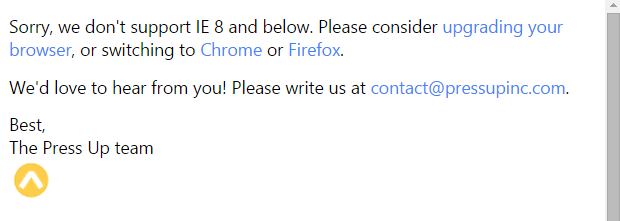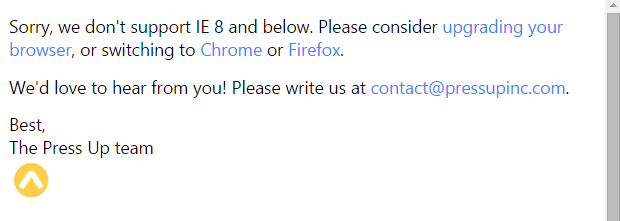
When Internet Explorer 8 launched in 2008, there was a lot of love for the new browser and rightfully so. It was a great step forward from IE7, from simple web browsing experience to security and privacy. It even featured a Compatibility View to handle “old” IE browsers. But in the world of technology, what was great yesterday is old news today. That’s the situation facing many companies who still hold on to IE8, and that problem will get worse in 2016 when Microsoft officially stops support for IE8.
Why is IE8 so bad? There’s a lot of great things that last for years like well-made furniture or a well maintained car. But for technology products, there’s a reason why newer is better. From a performance standpoint, IE8 just can’t keep up with security or website design anymore. Even Microsoft admits maintaining security levels for older browsers like IE8 is a problem, estimating IE8 only protected against 69% of malicious software compared to 99% on IE11. Newer websites and web applications are also beyond IE8’s rendering capabilities and developers are forced to create specific code to make things work on IE8. That is becoming more and more burdensome, which means often users on IE8 will see errors like this.
Why do companies stay with IE8? If everything is doom and gloom, then why do so many companies stick with IE8? The majority of the time this is due to a commitment to an older operating system like Windows XP. Other companies have invested in building web apps specifically for IE8 and it would be too costly to migrate to a different browser. However, with Microsoft dropping support of IE8, it’s now time for these companies to move before a security breach makes the decision for you. Microsoft is providing a solution for companies who use internal web apps by suggesting Enterprise Mode in IE11. Microsoft also provides other online resources to provide more information on how to handle migration to a modern browser. For others, the year-long warning, provides ample time to strategize a migration that won’t be too burdensome, especially for larger organizations. The cost to move may well be worth it compared to the loss of public faith if a security breach is to occur.
Subscribe to Paubox Weekly
Every Friday we'll bring you the most important news from Paubox. Our aim is to make you smarter, faster.






